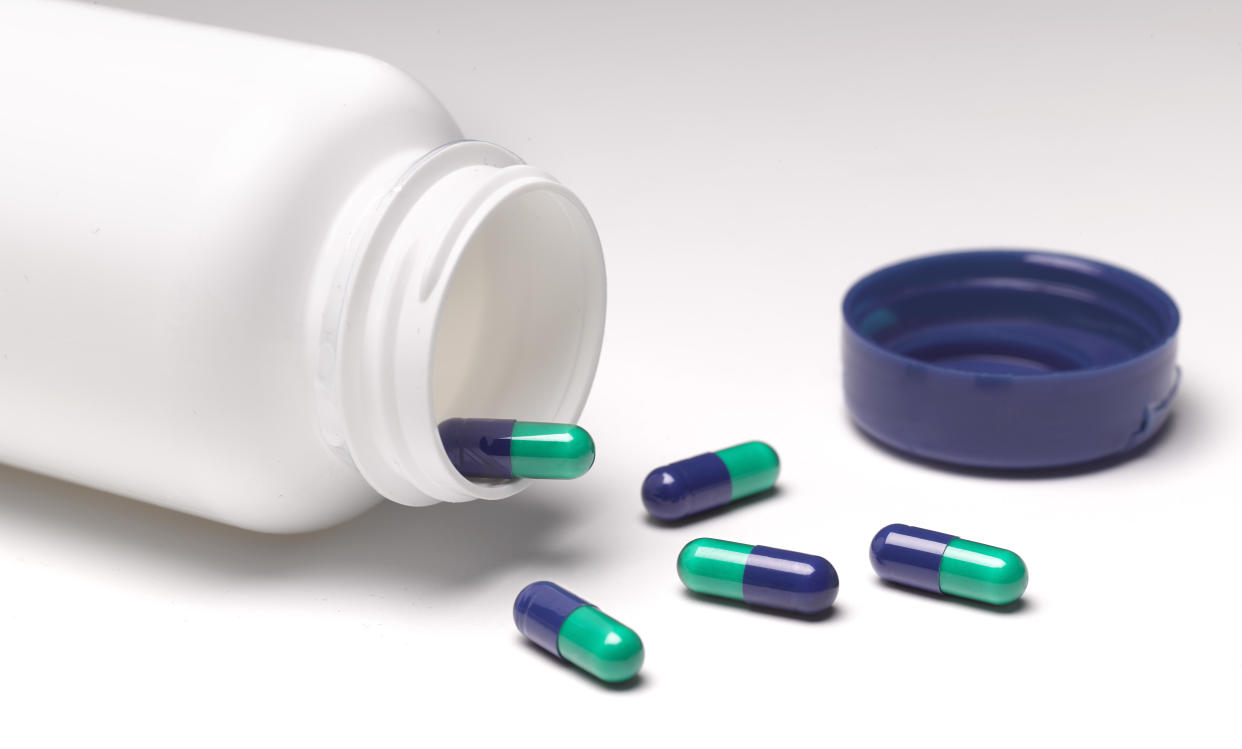Are branded painkillers more effective than a store’s own?

“You get what you pay for,” or so they say. Is that the case when it comes to pain relief?
Many head to the pharmacy for relief when they come down with a headache, hay fever or heartburn.
Presented with a vast array of products, all promising the same thing, customers often plump for a recognisable brand.
Read more: Why you should always buy generic drugs
This comes at a price, though, with branded over-the-counter medication generally being more expensive than a store’s own.
While you may think the pricer option will be more effective, experts have stressed you are paying more for the same pain-killing ingredient.

Migraine sufferers may opt for Nurofen Migraine Pain, sold at Boots for £3.50 ($4.36) for 12 capsules, the equivalent of 29p ($0.36) per pill.
Further down the aisle is no doubt Boots’ own Migraine Pain Relief, which goes for £2.59 ($3.23) for 12 capsules, or 22p ($0.28) each.
Both products contain the same active ingredient at an equal dose – ibuprofen lysine 342mg.
Read more: How the body reacts to ketamine
“Branded versions of paracetamol and ibuprofen tend to cost more,” Dr David Atkinson, clinical lead at Treated.com, told Yahoo UK.
“The price is not reflective of the effectiveness of the treatment nor does it indicate it contains any specific active ingredients you won’t find in a generic option.”
Generic medicine must be “identical, or bio-equivalent, to a brand name drug in dosage form, safety, strength, route of administration, quality, performance, characteristics and intended use”, explained Dr Sarah Brewer, GP and medical director of Healthspan.
“Bio-equivalent” means the active ingredient, which works to relieve pain or treat a condition, must be the same in a store’s own drug as a branded version.
“A generic version of a treatment will still need to have the same active ingredients as the branded versions in order to be marketed and sold,” said Dr Atkinson.
Read more: COVID-19's impact on the cold and flu drugs industry
Trademark laws require the drugs to have superficial differences, with generic versions typically varying in colour, shape or taste.
For those wanting prompt relief, brands can promise “fast action”, a claim made less often on a generic drug’s packaging.
“Fast-acting medication will need to have been rigorously tested to prove this claim, so you should notice a difference between this option and others,” said Dr Atkinson.
While the active ingredient is the same, the “fillers” differ.
These are not thought to influence the effectiveness of the product, however, some patients may be allergic to them. Dr Atkinson therefore stressed it is important to read a drug’s ingredients list before purchasing.
It has also been suggested filler ingredients may influence how a drug is absorbed or broken down. Although unclear, this could pose a problem if a patient switches from a branded medication to a generic version, or vice versa.


